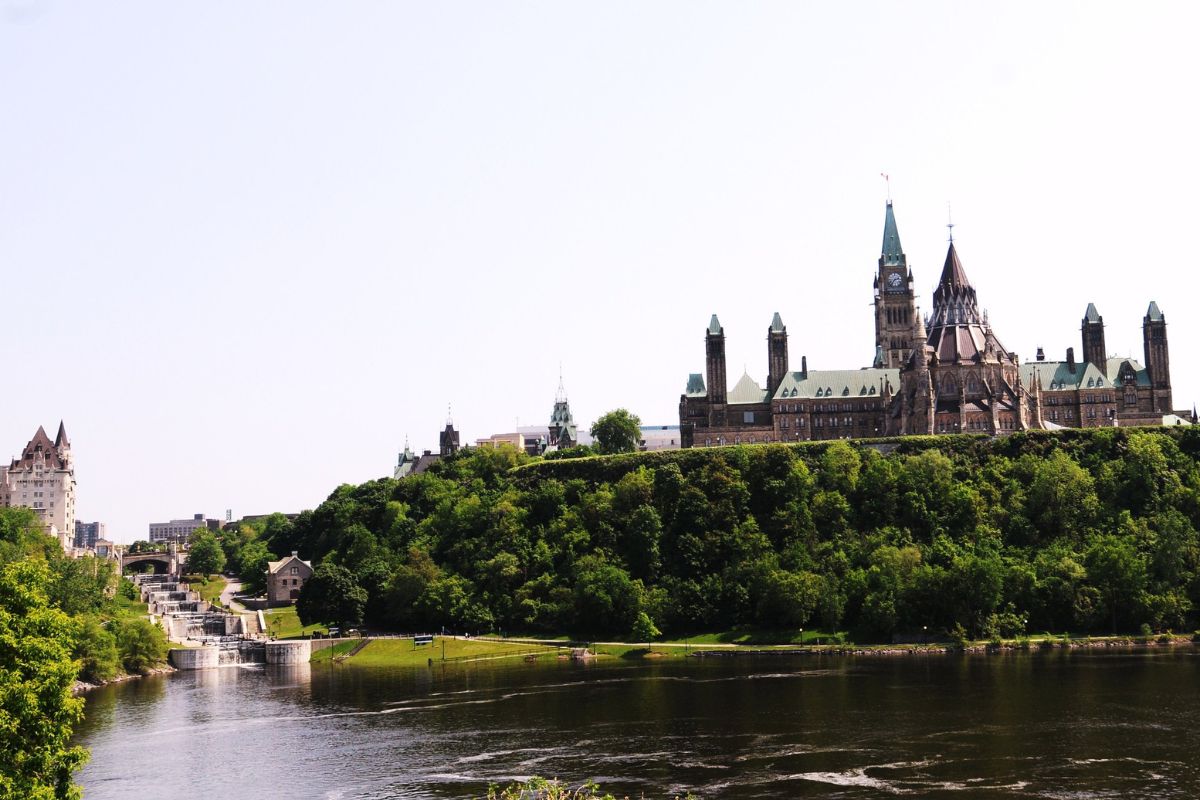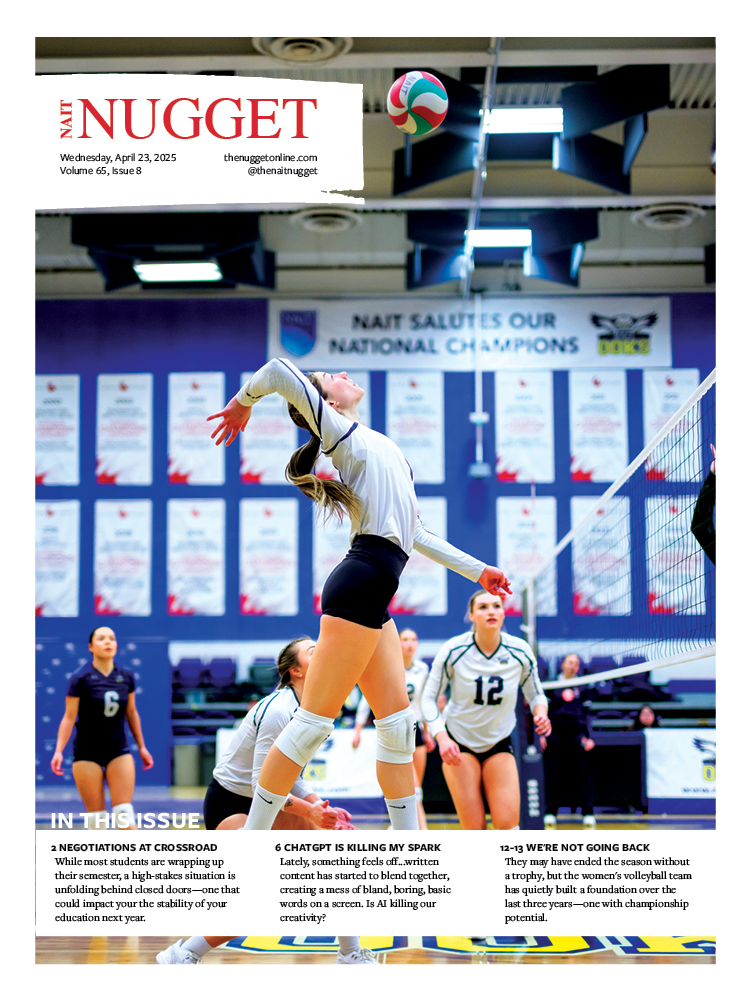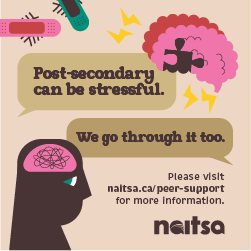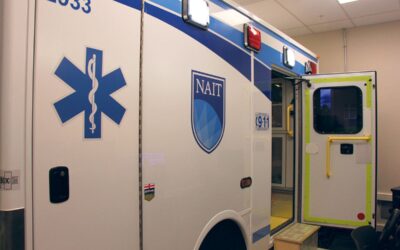I’m sure I’m not the only one who fell asleep during social studies in grade school. I remember nodding off on a school trip to Alberta’s Legislature while supposed to be observing parliamentary processes. This landed me in trouble with my teacher, who couldn’t understand how I could sleep in front of elected officials. But let’s face it—learning about parliament just isn’t that interesting for a lot of young people.
Now, as an adult, I find our government system much more interesting. However, much of it was still mystifying, especially after forgetting what I learned as a kid (when I wasn’t asleep). On social media, I often see frustration from people about the lack of knowledge surrounding Canadian Parliament.
“Looks like you didn’t finish middle school.”
“Don’t you realize you learned this in grade six?”
“How can we expect Canadians to make informed decisions in the next general election if they don’t even know how our government works?”
I don’t blame Canadians for this. Between forgetting what we were taught years ago and American elections leaking into our political zeitgeist, it’s no surprise many of us are either misinformed or misremembering. And with the 2025 Canadian Federal Election coming up on April 28, there’s growing concern about this knowledge gap. So, here’s a basic breakdown.
Levels of government in Canada
Canada is a parliamentary democracy and a constitutional monarchy. The Crown represents the Head of State, symbolized by the Governor General. While the Governor General holds some power, such as signing bills into law and calling federal elections, their role is mostly ceremonial.
Below the Crown, the Canadian parliamentary system consists of an Executive Branch, the Prime Minister and Cabinet, and a Legislative Branch, made up of the Senate and House of Commons. The Cabinet are ministers chosen by the Prime Minister to develop policies and introduce bills based on their responsible departments.
Whichever candidate gets the highest number of votes will win a seat for their riding—this is how the House of Commons is formed. Whichever party gets the most seats wins the federal election.
Each political party selects a leader, often through a vote by party members. Even though the Prime Minister leads the party and its policies, it’s the party that wins the election, not the individual. Party members can consist of the public, meaning party leaders are still elected officials. This is why the Liberal Party is still in power despite leadership changes—the party was elected by Canadians and can finish its term unless a confidence vote is lost, even with a new Liberal leader.
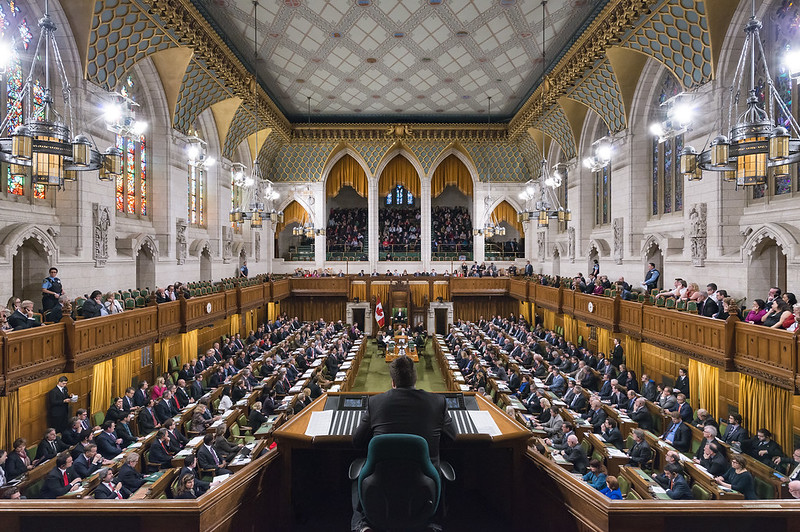
Majority and minority governments
All Members of Parliament elected to the House of Commons, even ones that do not belong to the party that wins a federal election, play a crucial role. They debate and vote on new laws, government spending and policies. They also act as the Official Opposition if their party wins the next highest number of seats, which publicly holds the elected party accountable. The number of seats won by each party determines a majority or minority government.
A majority government occurs when a party wins more than half the seats in the House of Commons. If a party wins a majority government, they have full control of government and don’t need support from other parties to pass laws and budgets. If a party wins less than half the seats but still has the most seats in comparison to other parties, they form a minority government and need support from the opposition to pass bills. A minority government can also form coalitions with different parties to stay in power, but this requires compromise and negotiation. Without the support of other parties, this type of government has little stability, and the Governor General can call a new election if a confidence vote is lost. In some cases, such as what we are seeing with the Liberal party today, the Prime Minister may choose to resign even if no vote of confidence is lost. This allows the federal government to elect a new party leader who may be able to perform better in the next federal election.
What is the federal government in charge of, anyway?
With an election on the horizon, it’s also important to understand what the federal, provincial and municipal governments are responsible for. This can help voters make more informed decisions. The federal government’s key responsibilities include defense, immigration, criminal law, national transportation and foreign affairs. As for provincial or territorial governments—they are responsible for more local and regional concerns, including education, healthcare, natural resources, justice, provincial transportation and setting rules for municipal governments. Municipal governments are even more localized, focusing on local infrastructure, public health, housing, public safety and waste management.
All levels work together, with the federal government providing funding to the provinces and municipalities, though provinces have more discretion on how the funds are used.
Why should you care?
Voting is at the heart of Canada’s democracy, which scores 97/100 in Global Freedom and 86/100 in Internet Freedom, according to FreedomHouse. While not perfect, it’s a solid system compared to many other countries. If we want to keep it that way, it’s essential to vote. But it’s also important to understand how our government works so we can improve it.
For many, this article might feel like a return to grade six social studies. If you’ve stuck with me, I commend you for revisiting the basics of Canadian Parliament. Take it from me—there’s no shame in re-learning.
Cover Photo: ©Library of Parliament/Bibliothèque du Parlement: Karen Cooper, 2011

